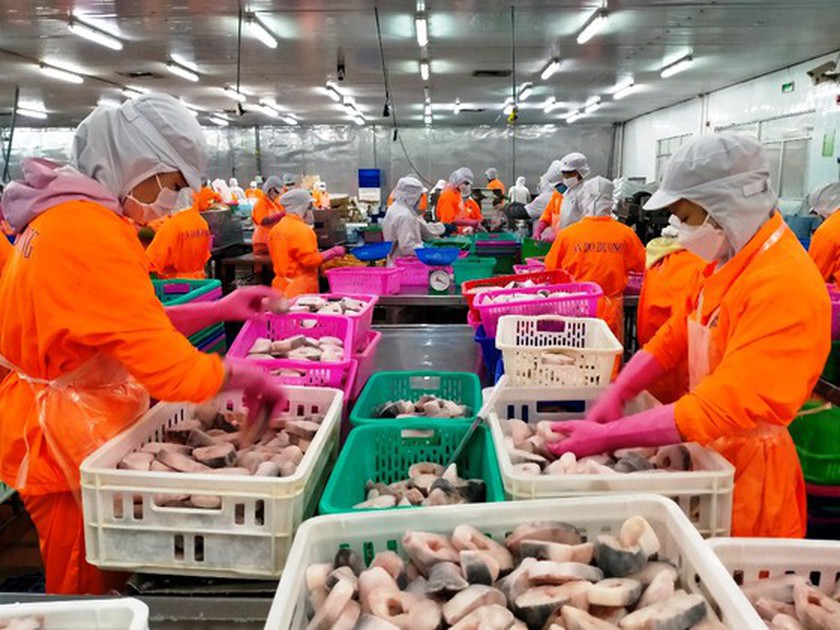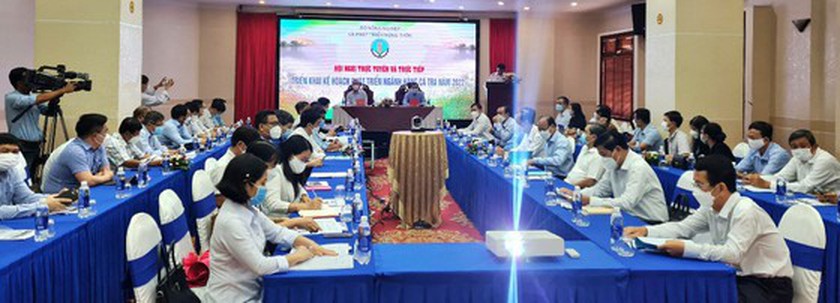Pangasius export turnover in 2021 topped US$1.62 billion, up 8.4 percent over the same period last year. It is a spectacular comeback of the pangasius industry in 2021, announced the Directorate of Fisheries under the Ministry of Agriculture and Rural Development (MARD) on February 25.


According to the departments of Agriculture and Rural Development of the Mekong Delta provinces, raw pangasius prices have continuously surged recently. Currently, raw pangasius price is at VND29,500-VND30,000 per kg, up VND4,000-VND5,000 per kg compared to the last months of 2021. This price level guarantees high profits for farmers. The increase in raw pangasius price is an important premise to develop production and consumption in 2022. However, there are also many potential risks of the rapid development of the industry.
The Vietnam Association of Seafood Exporters and Producers (VASEP) said that Vietnam’s pangasius import markets were recovering and forecasted good growth in 2022. Therefore, the price of pangasius for export will possibly increase because the costs of farming, materials, labor, and logistics all climb. According to the Vietnam Pangasius Association, from February to April 2022, the raw pangasius price in the Mekong Delta will fluctuate around VND30,000 VND/kg. However, if the shipping rates continue to stand at the high level as currently and advance further, the raw pangasius price cannot edge up anymore. Besides, petrol prices have escalated, marine fish prices in the world have soared, and fishing has also been and will continue to be limited. Therefore, Vietnam’s pangasius products will have a better foothold in the global market.
From the above factors, according to the MARD, the pangasius industry has made a production plan with a commercial fish output of 1.6-1.7 million tons in 2022, and pangasius export turnover exceeded $1.6 billion.
The MARD requires localities to improve the quality of pangasius breeds, direct the production to supply enough high-quality fingerlings to improve production efficiency, reduce loss, and lower production costs. Businesses and farmers continue to promote cooperation and chain links to ensure stable consumption. It recommends farming households, which have not associated with any enterprise, temporarily halt farming. They should upgrade the farming conditions, find an appropriate form of association to ensure a stable production plan, and limit risks due to the impact of the Covid-19 pandemic and other factors.


